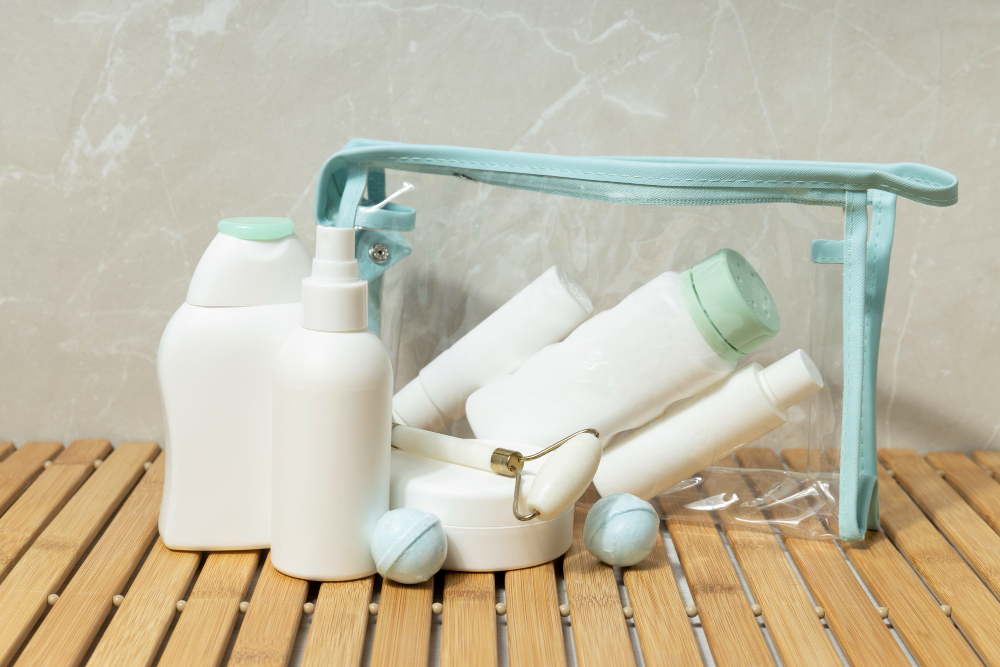The safety and well-being of our pets are of utmost importance, especially for indoor cats who rely on their owners to create a safe environment. Unbeknownst to many pet owners, their homes may harbor common household products that are toxic to their feline companions. This article aims to educate readers on the potential dangers lurking in their homes and provide guidance on how to protect their cats from harmful substances.
What Can Kill a Cat in the House?
Everyday items found in our homes can pose serious threats to the health of our beloved pets. Cats, known for their curious nature, may inadvertently come into contact with toxic household items that can lead to severe illness or even death. Some examples of these items include certain plants, medications, cleaning supplies, and insecticides.
How Do Indoor Cats Get Sick from Toxic Items in Your Home?
Cats can encounter toxic items in your home in various ways. They may lick their fur after walking on a surface that has been treated with a toxic substance or ingest a poisonous item directly. Unfortunately, some cats may be more prone to ingesting toxic items due to their inherent curiosity or boredom.
What Should You Not Use Around Cats?
It is crucial for pet owners to be aware of common household items that are known to be toxic to cats. This section discusses these items and provides alternatives and suggestions for cat-safe products.
- Plants: Many common household plants, such as lilies, azaleas, and sago palms, are toxic to cats. Opt for cat-friendly plants like spider plants, Boston ferns, or African violets.
- Human medications: Cats can be sensitive to over-the-counter and prescription medications, including pain relievers like ibuprofen and acetaminophen. Store medications out of reach and never administer human medications to cats without consulting a veterinarian.
- Cleaning supplies: Household cleaners, such as bleach and ammonia-based products, can be harmful to cats. Choose pet-friendly cleaning products or make your own natural alternatives using ingredients like vinegar and baking soda.
- Pest control products: Insecticides, rodenticides, and even some flea and tick treatments can be toxic to cats. Always read labels carefully and use cat-safe pest control options.
What Are Toxic to House Cats? – A Comprehensive List
To further protect your indoor cats, it’s essential to be aware of common household products that are toxic to them. Here is an extensive list of items, categorized for easy reference:
- Plants: Lilies, azaleas, tulips, daffodils, sago palms, oleander, and philodendron.
- Human medications: Acetaminophen, ibuprofen, naproxen, antidepressants, and ADHD medications.
- Cleaning supplies: Bleach, ammonia, toilet bowl cleaners, drain cleaners, and laundry detergent pods.
- Pest control products: Rodenticides, insecticides, flea and tick treatments, and mothballs.
- Automotive products: Antifreeze, windshield washer fluid, and engine oil.
- Foods: Chocolate, caffeine, alcohol, grapes, raisins, onions, garlic, and xylitol (a sugar substitute).
Recognizing the Signs of Poisoning and What to Do
Being able to identify the symptoms of poisoning in cats and acting quickly is crucial. Signs of poisoning may include vomiting, diarrhea, drooling, lethargy, loss of appetite, dilated pupils, tremors, or seizures. If you suspect your cat has been exposed to a toxic substance, seek immediate veterinary care. Time is of the essence when it comes to treating poisoning in cats, and swift action can save lives.
Preventing exposure to toxic items in your home is the best way to protect your feline friends. Here are some tips to ensure a safe environment for your cats:
- Store all medications, cleaning supplies, and chemicals in secure, out-of-reach locations.
- Keep toxic plants away from your cats, or remove them from your home entirely.
- Supervise your cats closely when using potentially toxic products, such as pest control treatments or automotive chemicals.
- Educate yourself on the specific ingredients and substances that are toxic to cats and read product labels carefully before using them around your pets.
Conclusion
Understanding the potential dangers of common household products that are toxic to indoor cats is crucial for the safety and well-being of your feline companions. By being informed and proactive, you can create a safer environment for your cats and protect them from harmful substances. Remember to consult your veterinarian if you have any concerns or questions about your cat’s health and safety. It is our responsibility as pet owners to ensure the well-being of our furry friends by being vigilant and knowledgeable about the hidden dangers that may lurk in our homes.

